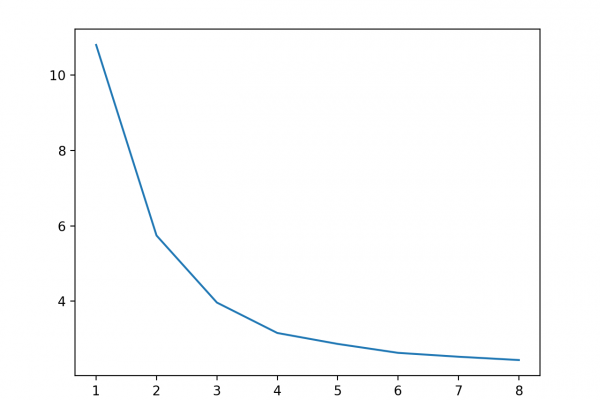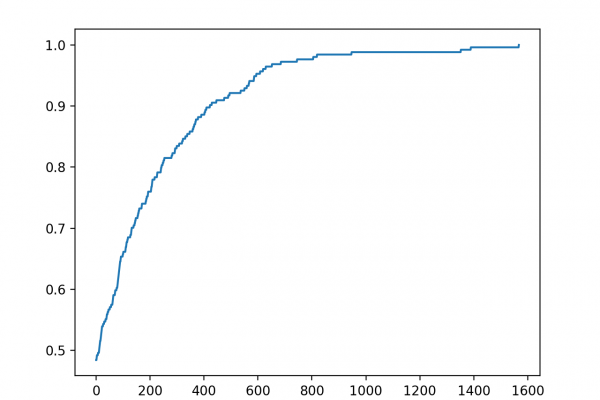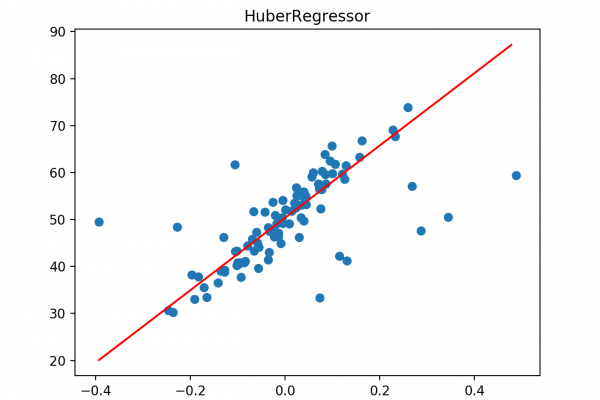Automated Machine Learning (AutoML) Libraries for Python
AutoML provides tools to automatically discover good machine learning model pipelines for a dataset with very little user intervention. It is ideal for domain experts new to machine learning or machine learning practitioners looking to get good results quickly for a predictive modeling task. Open-source libraries are available for using AutoML methods with popular machine learning libraries in Python, such as the scikit-learn machine learning library. In this tutorial, you will discover how to use top open-source AutoML libraries for […]
Read more








